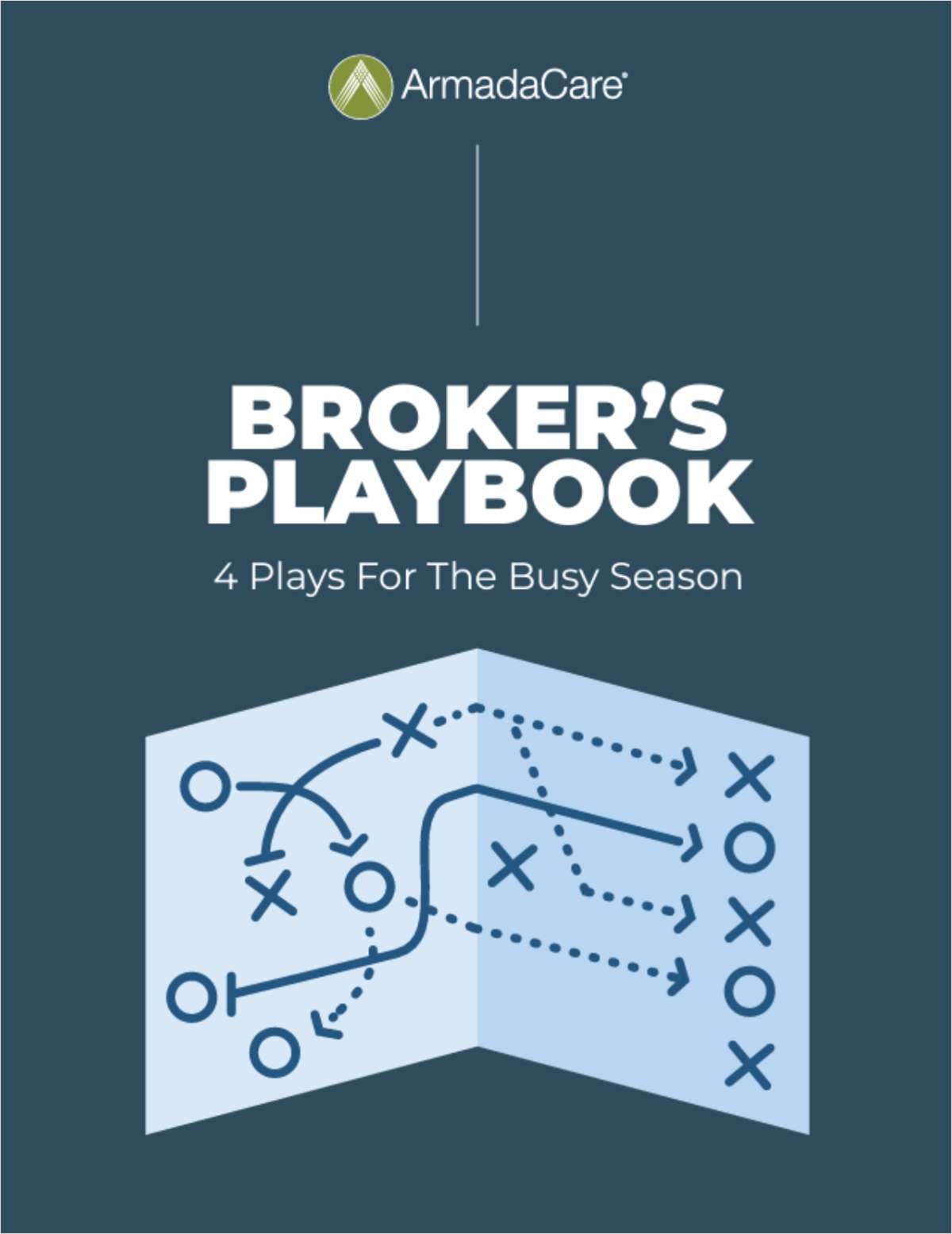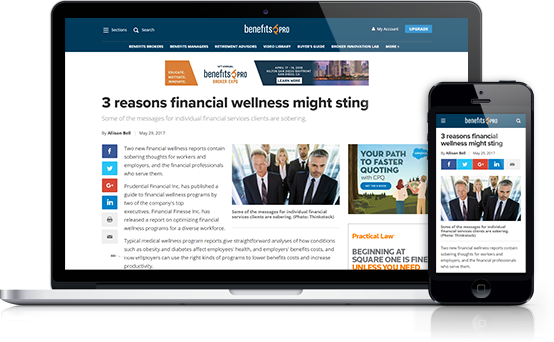 The need for transparent health care pricing is even more pressing under the COVID-19 pandemic because many consumers are facing job loss and losing their health insurance. terstock)
The need for transparent health care pricing is even more pressing under the COVID-19 pandemic because many consumers are facing job loss and losing their health insurance. terstock)
Advocates for accessible health care price information have given 34 of the 50 states a grade of F on their efforts to help consumers obtain cost data to help them shop around for medical care.
The 16 states receiving passing grades in the Report Card on State Price Transparency Laws represent a marked improvement from the last survey, in 2017, when only seven of the states got passing grades.
Continue Reading for Free
Register and gain access to:
- Breaking benefits news and analysis, on-site and via our newsletters and custom alerts
- Educational webcasts, white papers, and ebooks from industry thought leaders
- Critical converage of the property casualty insurance and financial advisory markets on our other ALM sites, PropertyCasualty360 and ThinkAdvisor
Already have an account? Sign In Now
© 2024 ALM Global, LLC, All Rights Reserved. Request academic re-use from www.copyright.com. All other uses, submit a request to [email protected]. For more information visit Asset & Logo Licensing.








